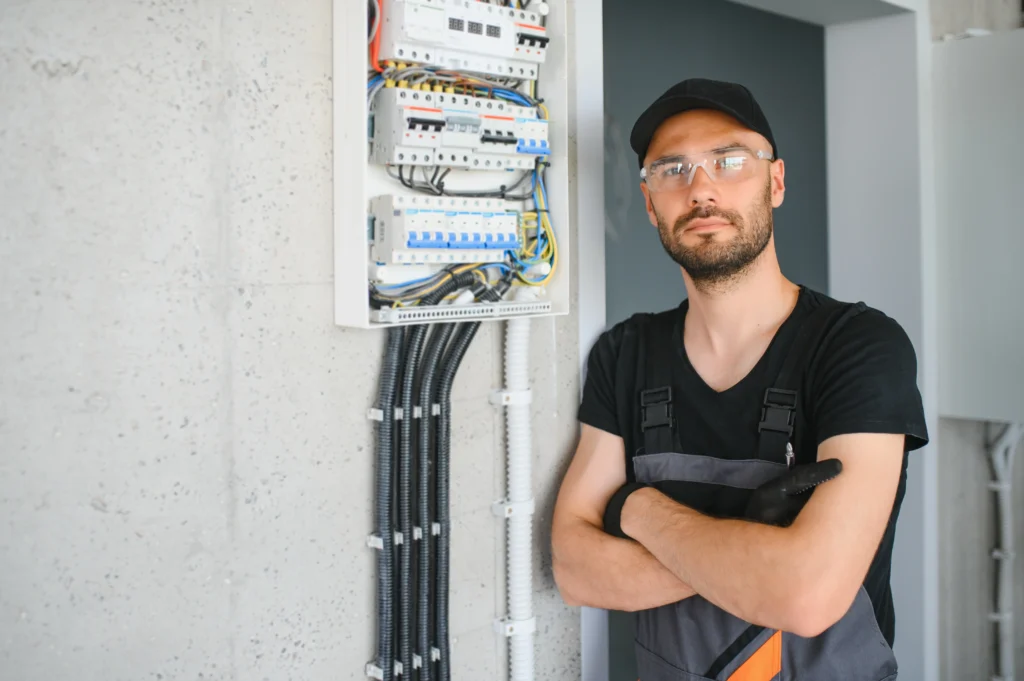
Bridging the Skills Gap: Workforces for Electrification
Australia’s clean energy transition demands a skilled workforce. Energeia’s analysis reveals urgent needs, strategic solutions, and policy pathways to bridge the electrification skills gap and
On 23 May 2023, Ezra Beeman, Managing Director of Energeia, Australia’s largest specialist energy consultancy presented the Power Sessions – Identifying Least Cost CO2 Pathways. Beeman discussed the current state of CO2 emission targeting and various methodologies for modelling industry and sector data. He also gave expert insights into best practices in determining least cost CO2 Pathways.
Best Practice CO2 Models for Net Zero Emissions Pathways
Australia has set CO2 reduction targets to comply with its Paris Accord obligations, resulting in net zero CO2 emission by 2045. The targeted trajectory to achieve this outcome is slightly less aggressive than that specified by the Intergovernmental Panel on Climate Change (IPCC) to avoid 2 degrees of warming. The Paris Accord requires signatories to increase their targets when it becomes cost-effective to do so.
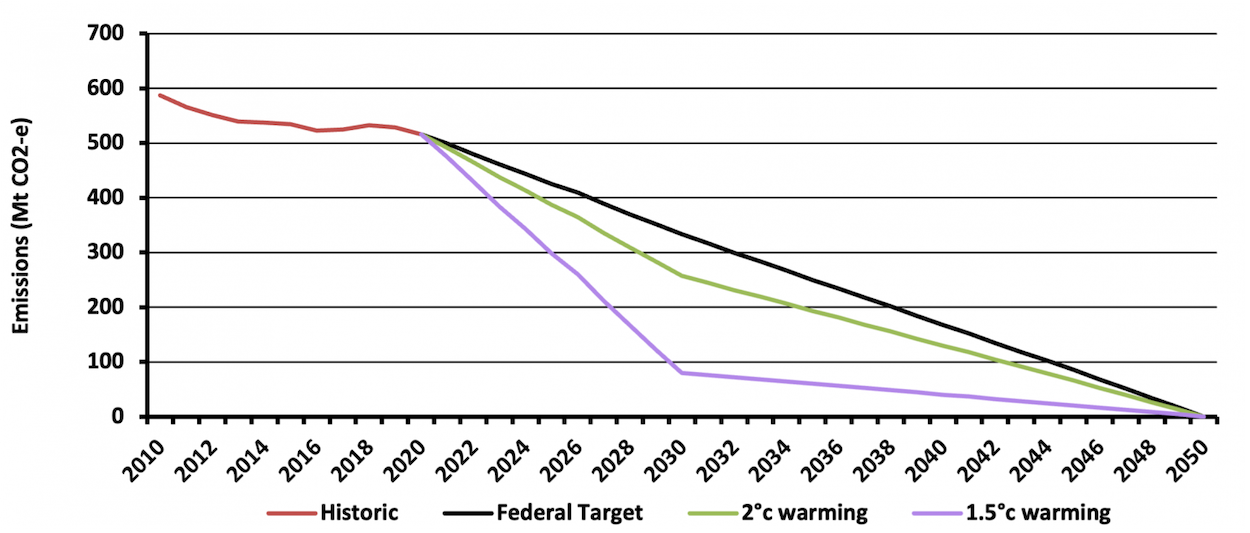
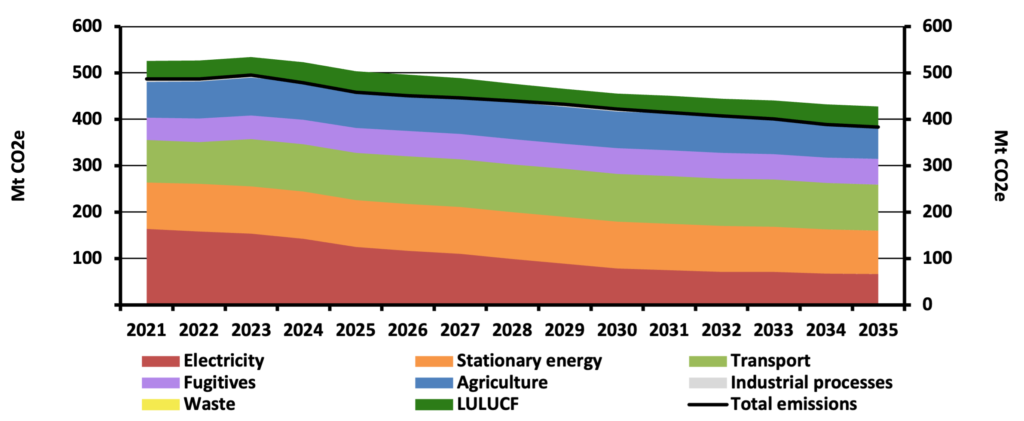
Determining the most appropriate CO2 reduction pathway for utilities, CO2-intensive industries and policymakers requires balancing off the associated costs and benefits, which in turn requires significant, detailed knowledge about:
Australia’s projected emissions by sector is shown below, along with the targeted emissions reduction.
This effort has been expanded by jurisdictions in setting their targets, but national target updates have been rare due to the level of effort involved. Australia’s most recent effort from 2022 to identify potential additional CO2 reductions are reflected in the figure below. Given the rate of change in CO2 reduction technologies worldwide, a significantly more aggressive trajectory is achievable.
Listen or click through at your own pace
Due to the significance of global CO2 reductions, substantial effort and investment have gone into developing CO2 emissions models, often called CO2 ‘Pathways’ models. These insightful models are used to model the impacts, costs, and benefits of alternative CO2 pathways. Forecasting on a scenario basis allows the identification of the least cost pathways.
Energeia’s review of CO2 pathways modelling and development of least cost pathway implementations found that best practices include the following:
A supply cost curve can also feed back into target setting by identifying changes in cost over time and the additional level of abatement that can be delivered for the same cost, as the Paris Accord requires. Another key use is to identify measures expected to deliver the greatest benefit or the end use that is the highest cost to decarbonise, both of which can be used to target and optimise research and development investment.
A final step in the CO2 pathways modelling and optimization process, where most of the reduction efforts are moved on to the electricity system, is identifying the least cost mix of resources needed to deliver the target CO2 levels over time. The figure below shows the results of a recent CO2 pathways and optimisation modeling project, which found that onshore wind and fuel cells were the keys to achieving a net zero carbon and, eventually, a 24/7 electricity system by 2035.
For more detailed information regarding the key challenges of analysing and optimising CO2 pathways, best practice methods, and insight into their implementation and implications, please see Energeia’s webinar and associated materials.
For more information or to discuss your specific needs, please request a meeting with our team.

Australia’s clean energy transition demands a skilled workforce. Energeia’s analysis reveals urgent needs, strategic solutions, and policy pathways to bridge the electrification skills gap and
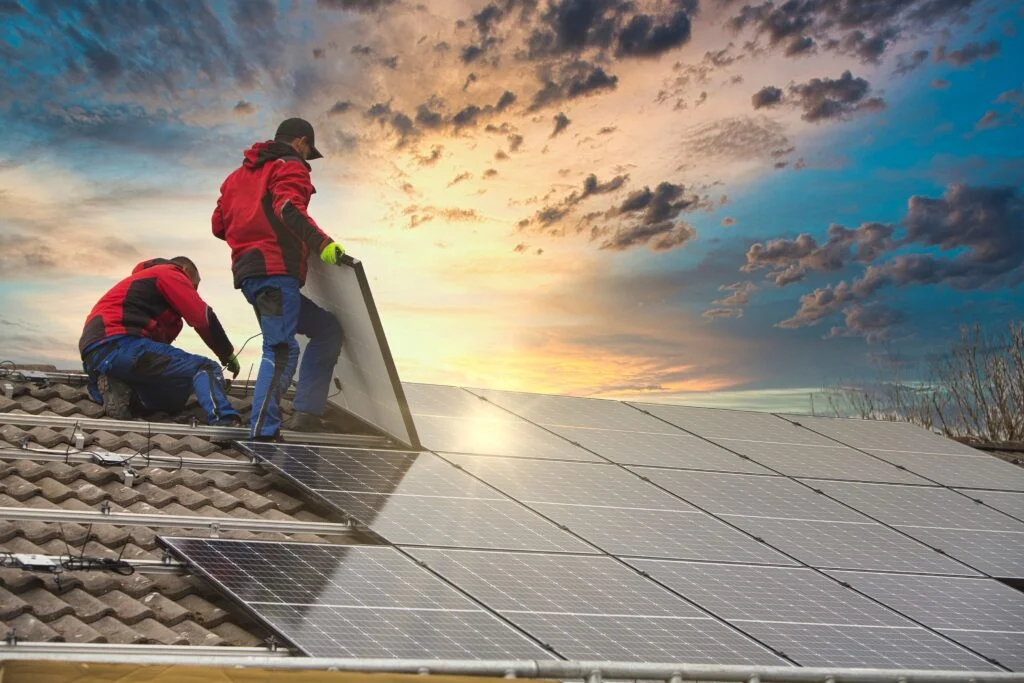
The AEMC partnered with Energeia to explore how flexible Consumer Energy Resources (CER), like solar, batteries, electric vehicles, and smart appliances, can reduce costs and
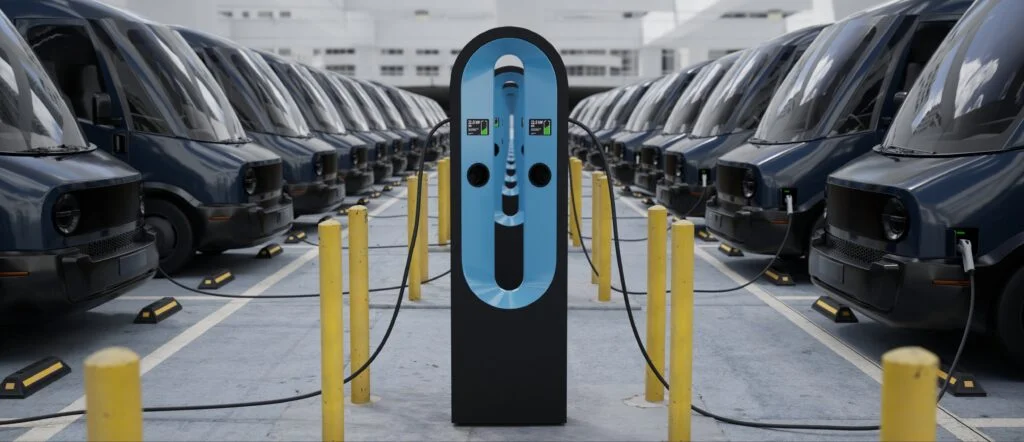
Energy Queensland collaborated with Energeia to address financial barriers in EV charging infrastructure, focusing on high network tariffs and demand charges. The study evaluated alternative
Sydney Office
Energeia Pty Ltd
WeWork
L1, 1 Sussex St
Barangaroo NSW 2000
Phone: +61 (0)2 8097 0070
ABN: 15 134 783 412
consulting@energeia.com.au
US Office
Mansion Square
Suite 380, 132 E Street
Davis, CA 95616
Phone: +1 (530) 302-3861
Fax: +1 (530) 419-2572
USA@energeia-usa.com
energeia-usa.com
